Wooden chopsticks add a warm, tactile elegance to your meals—especially when crafted by Japanese artisans. But like all natural materials, they require mindful care. In this guide, you'll learn exactly how to clean wooden chopsticks, troubleshoot common problems, and preserve their beauty and safety for years to come.
Looking to upgrade your set? Explore our Japanese Chopsticks Collection for handcrafted, authentic pieces made in Japan.

Proper Cleaning Methods
Hand washing is the safest and most effective way to clean wooden chopsticks. Here’s how to do it right:
- Rinse immediately after use to remove sticky residue like rice or sauce before it hardens and becomes difficult to clean.
- Use mild dish soap and a soft sponge or cloth. Avoid abrasive pads or steel wool, which can scratch or splinter the wood.
- For stubborn food residue, briefly soak the chopsticks in warm water, then scrub gently with a soft-bristled brush or a paste of baking soda and water.
- To remove odors from fermented or oily foods, use a mixture of lemon juice and baking soda or a diluted vinegar solution (1:1 ratio).
Important: Never soak wooden chopsticks for extended periods, as excess moisture can lead to warping, cracking, or mold growth.
Are Wooden Chopsticks Dishwasher Safe?
Traditional wooden chopsticks are not dishwasher safe. The high temperatures, strong detergents, and pressure from dishwashers can cause significant damage:
- Heat can warp or crack the wood.
- Detergents strip protective natural oils or lacquer finishes.
- Painted or treated chopsticks may peel, discolor, or become unsafe for food use.
Some bamboo chopsticks are labeled as dishwasher-safe because they are laminated or pressure-treated. If you choose dishwasher-safe bamboo, always place them on the top rack and use a gentle cycle. However, for artisan-made or natural wooden chopsticks, hand washing remains the best choice.
How to Sanitize Wooden Chopsticks
Sanitizing your chopsticks is essential for hygiene, especially after contact with raw foods or illness. Here are safe and effective methods:
- Boiling water: Submerge unfinished (non-lacquered) chopsticks in boiling water for 1–2 minutes. Remove immediately and dry thoroughly with a towel. Avoid this method for lacquered or painted chopsticks, which may warp or peel.
- Vinegar solution: Mix 1 part white vinegar with 3 parts water. Wipe chopsticks with a cloth soaked in the solution or dip briefly, then rinse and dry.
- Indirect sunlight: Place chopsticks near a window with indirect sunlight for a few hours. UV light naturally reduces bacteria and mold, but avoid harsh direct sunlight that can fade or crack the wood.
Tip: For regular home use, sanitize weekly or after handling raw meat or fish.
Drying and Storage Best Practices
Improper drying and storage are the most common causes of mold and odor. Follow these steps:
- After washing, dry chopsticks immediately with a clean cotton towel to prevent moisture retention.
- Avoid enclosed or humid areas. Store in a well-ventilated utensil holder or open-air container that allows air to circulate freely.
- For long-term storage, keep chopsticks in a dry drawer or box with moisture-absorbing packets, such as silica gel. This helps prevent mold, especially in humid environments.
- Use a chopstick rest during meals to avoid contamination and protect the tips from damage.
Troubleshooting Common Cleaning Issues
Issue
Solution
| Food residue stuck | Soak briefly and gently scrub with a soft brush or baking soda paste. |
| Musty or sour odor | Wipe with a lemon-baking soda or vinegar-water solution. Dry in indirect sunlight. |
| Mold appearance | Discard immediately. Mold can penetrate deep into wood and is not safe to remove or reuse. |
| Peeling lacquer or paint | Replace. Damaged coatings may flake into food, indicating degraded quality. |
| Splinters or cracks | Sand lightly if minor. If structural integrity is compromised, replace the chopsticks. |
When to Replace Wooden Chopsticks
Even with excellent care, chopsticks eventually wear out. As a rule of thumb, replace wooden chopsticks every 6 to 12 months, depending on frequency of use, material type, and visible condition. Replace immediately if you notice:
- Splinters, cracks, or uneven surfaces
- Mold growth or fuzzy spots
- Persistent odors even after cleaning
- Peeling paint or lacquer
- Discoloration or warping
Bamboo vs. Wooden Chopsticks: What’s the Difference?
Feature
Bamboo
Wood
| Durability | Highly resistant to moisture and warping; great for daily use | Can absorb water if not appropriately dried; better for special occasions |
| Texture | Smooth and lightweight; sometimes slippery | Heavier and more textured for a traditional feel and better grip |
| Cleaning | Some types are dishwasher-safe if labeled | Hand wash only to preserve the surface and structure |
| Longevity | Moderate to high with minimal care | Long-lasting if carefully maintained |
Final Tips for Long-Lasting Chopsticks
- Clean immediately after use to prevent buildup.
- Always hand wash and dry completely.
- Sanitize once a week or after contact with high-risk foods.
- Store in breathable, low-humidity environments.
- Inspect monthly and replace if any damage appears.
Conclusion
Wooden chopsticks are more than just utensils—they’re symbols of tradition, mindfulness, and craftsmanship. With just a bit of regular care, you can keep them safe, clean, and beautiful for everyday use or ceremonial occasions. If you're ready to experience the beauty of handcrafted Japanese chopsticks, browse our full collection here.


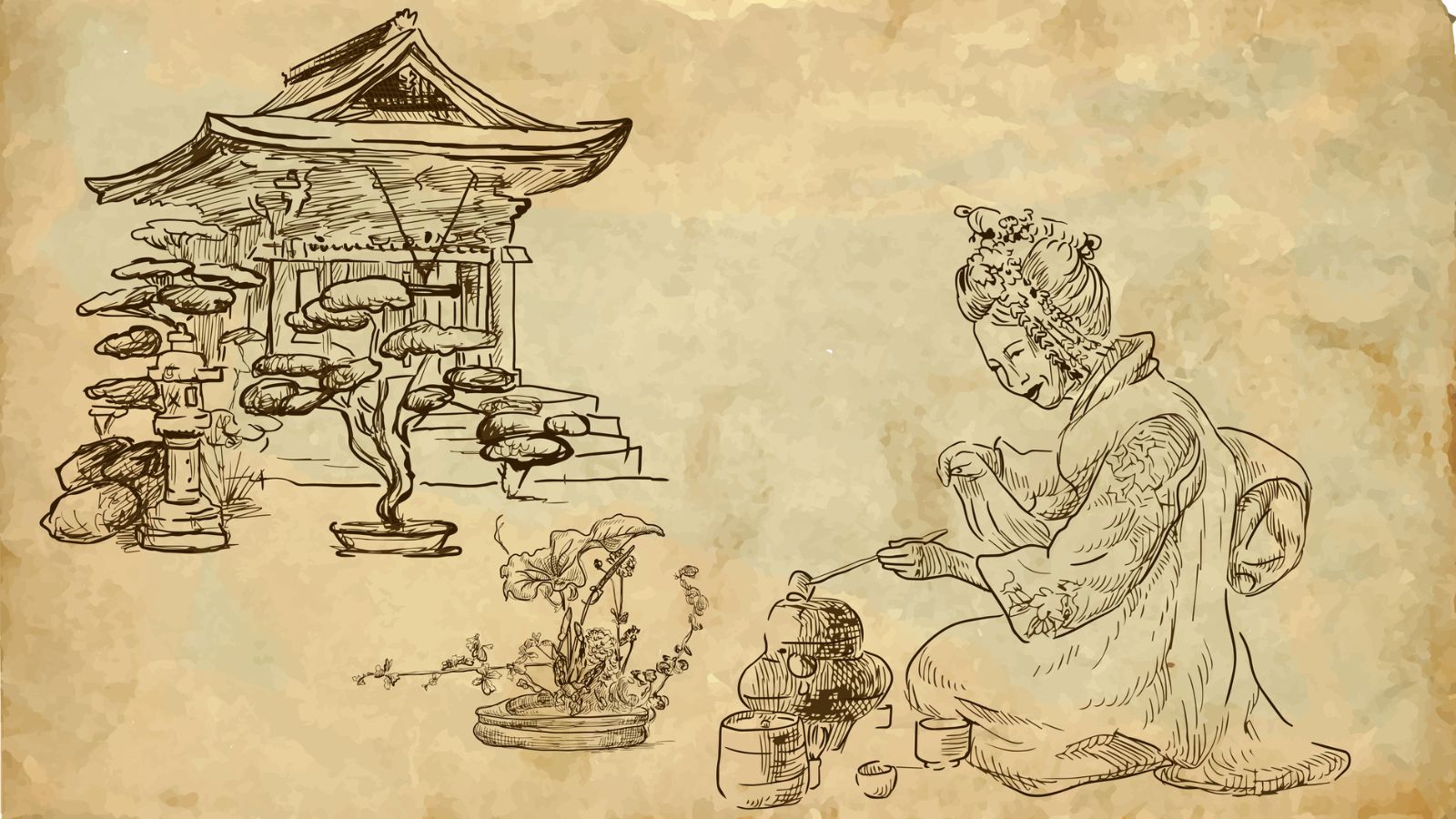
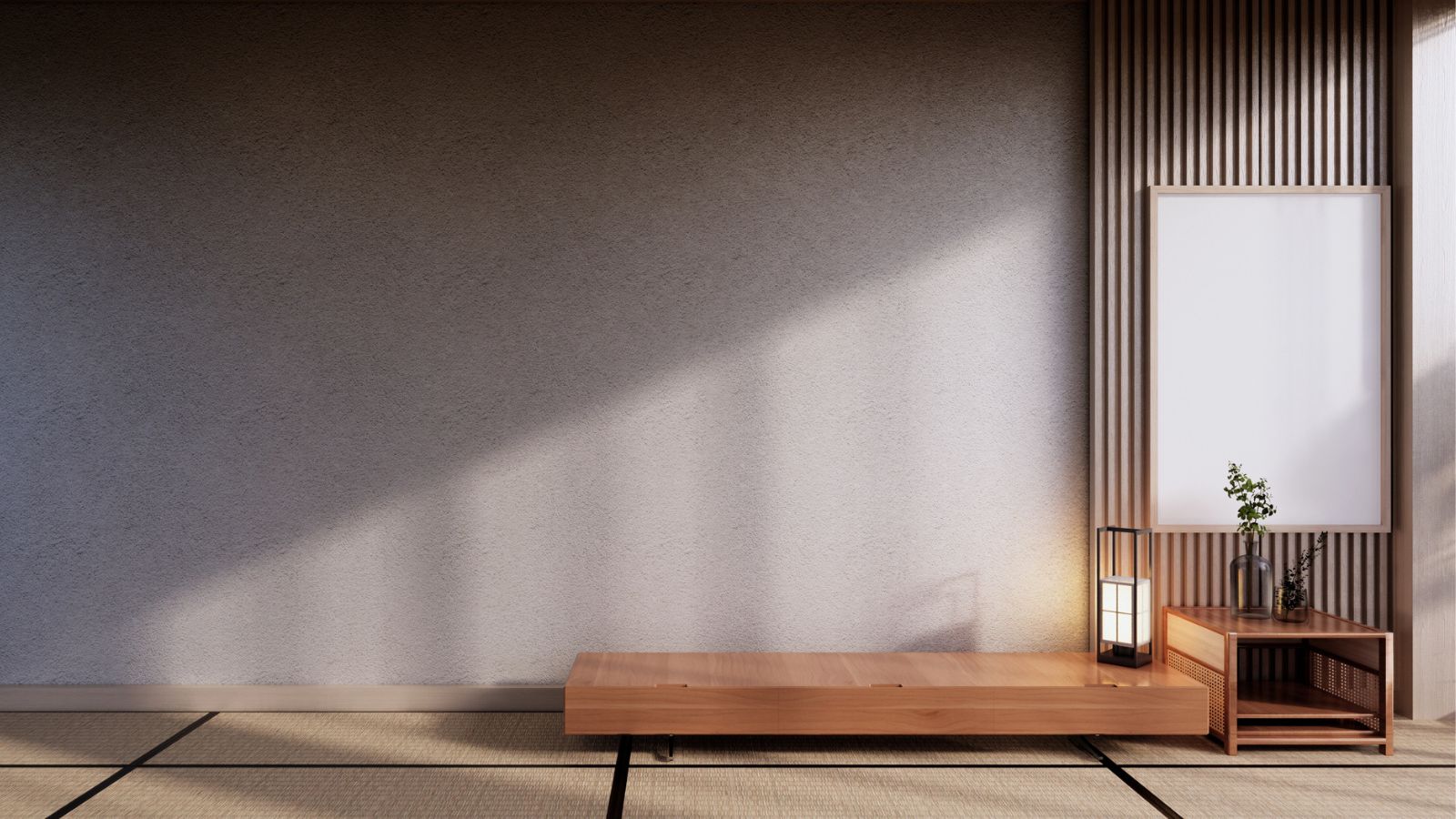


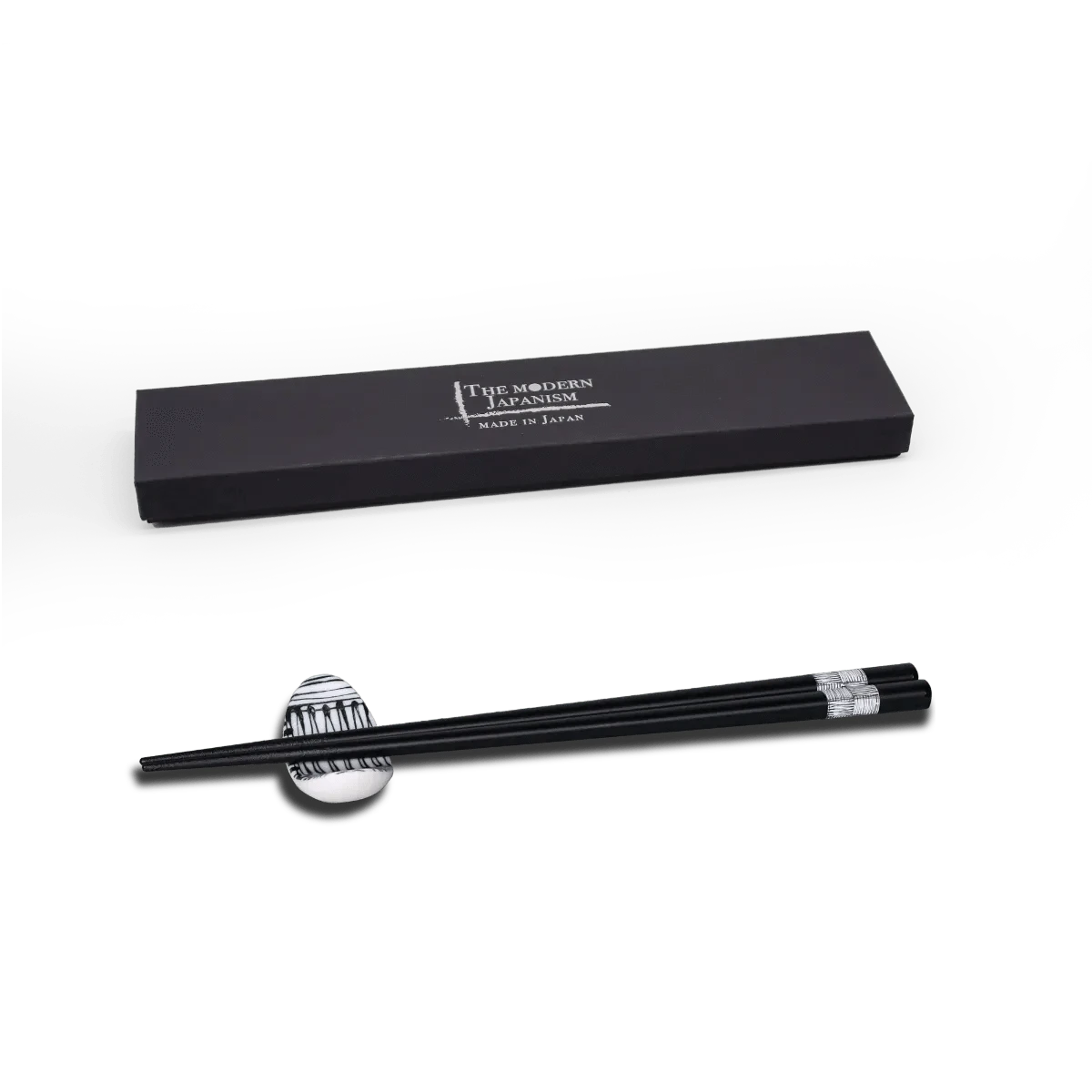
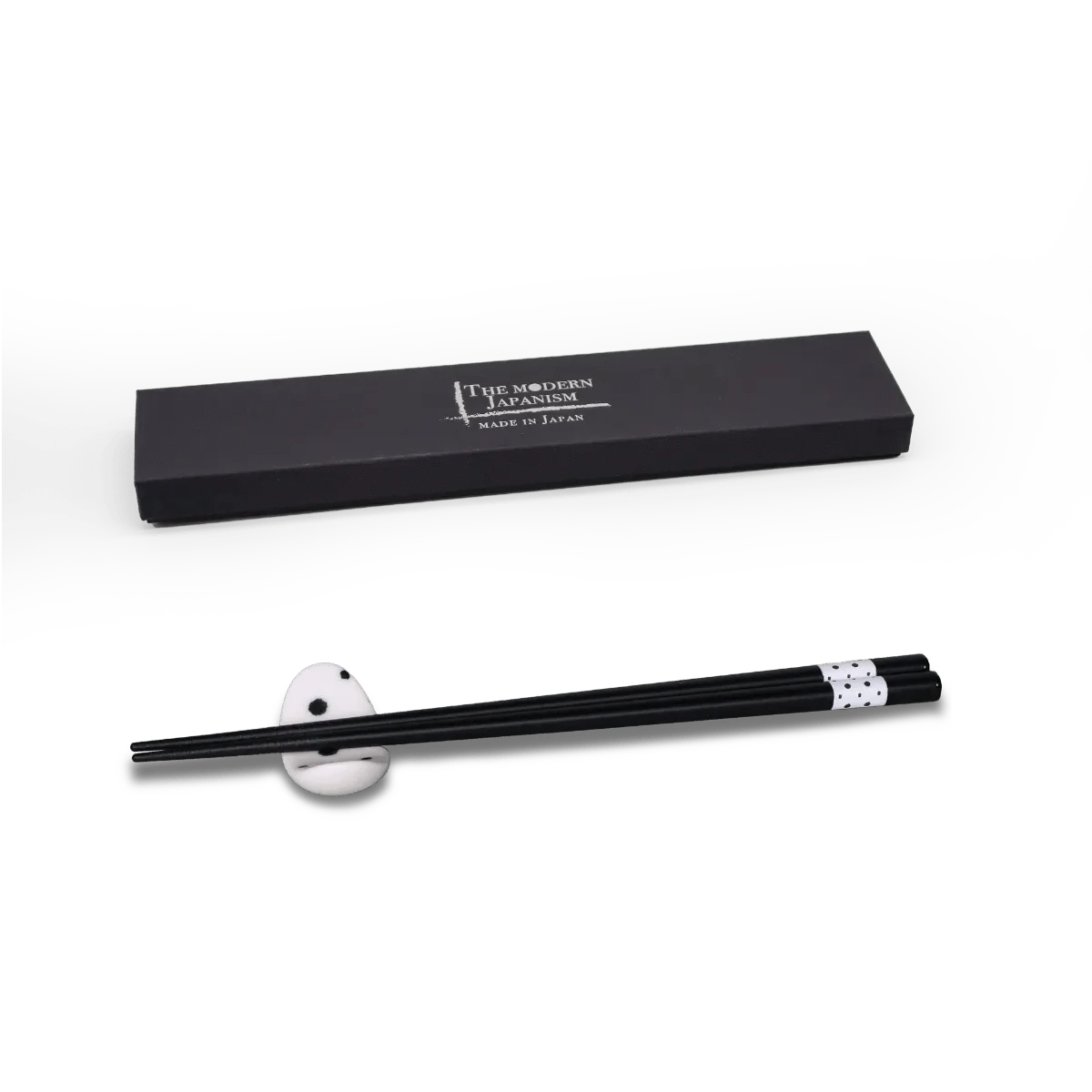
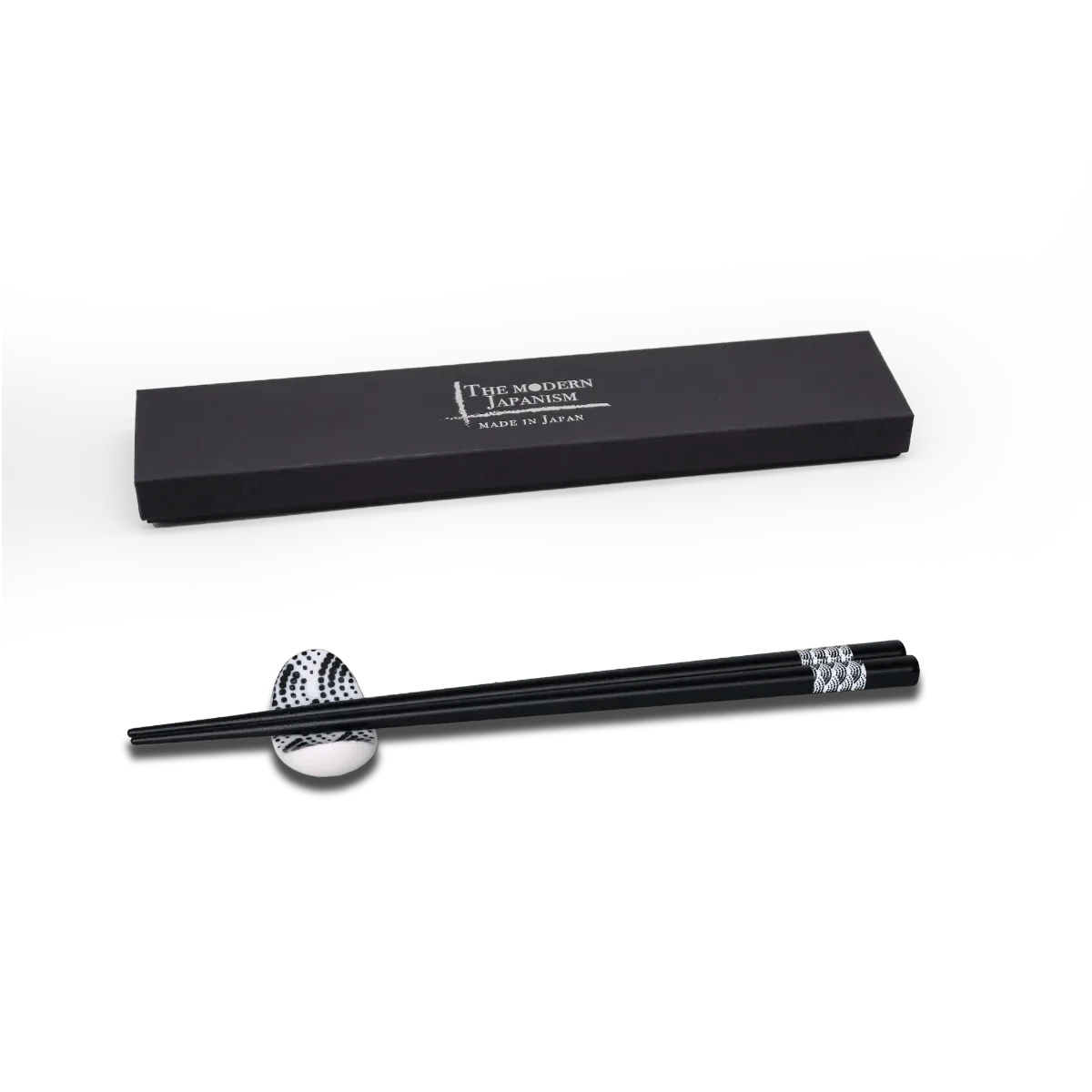
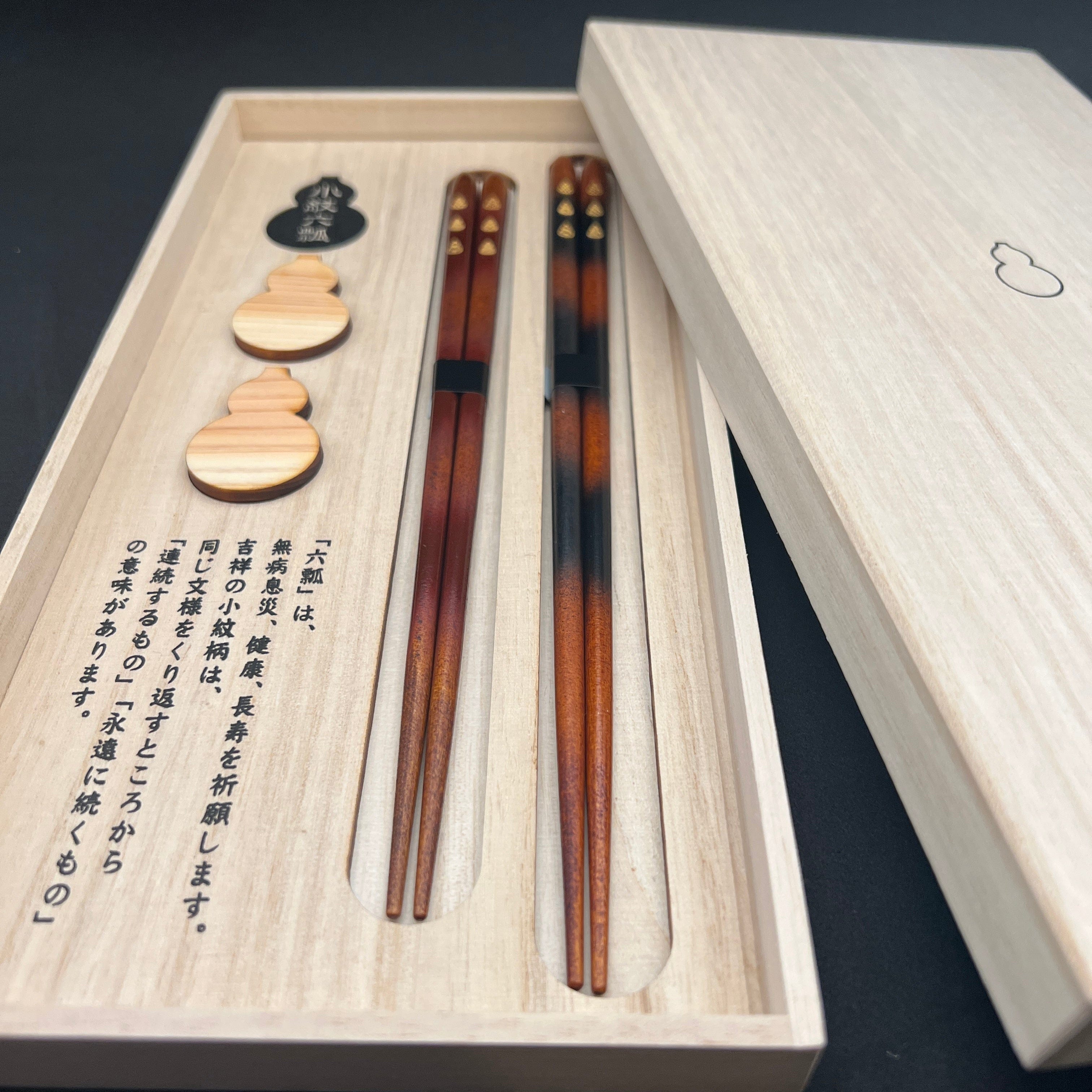

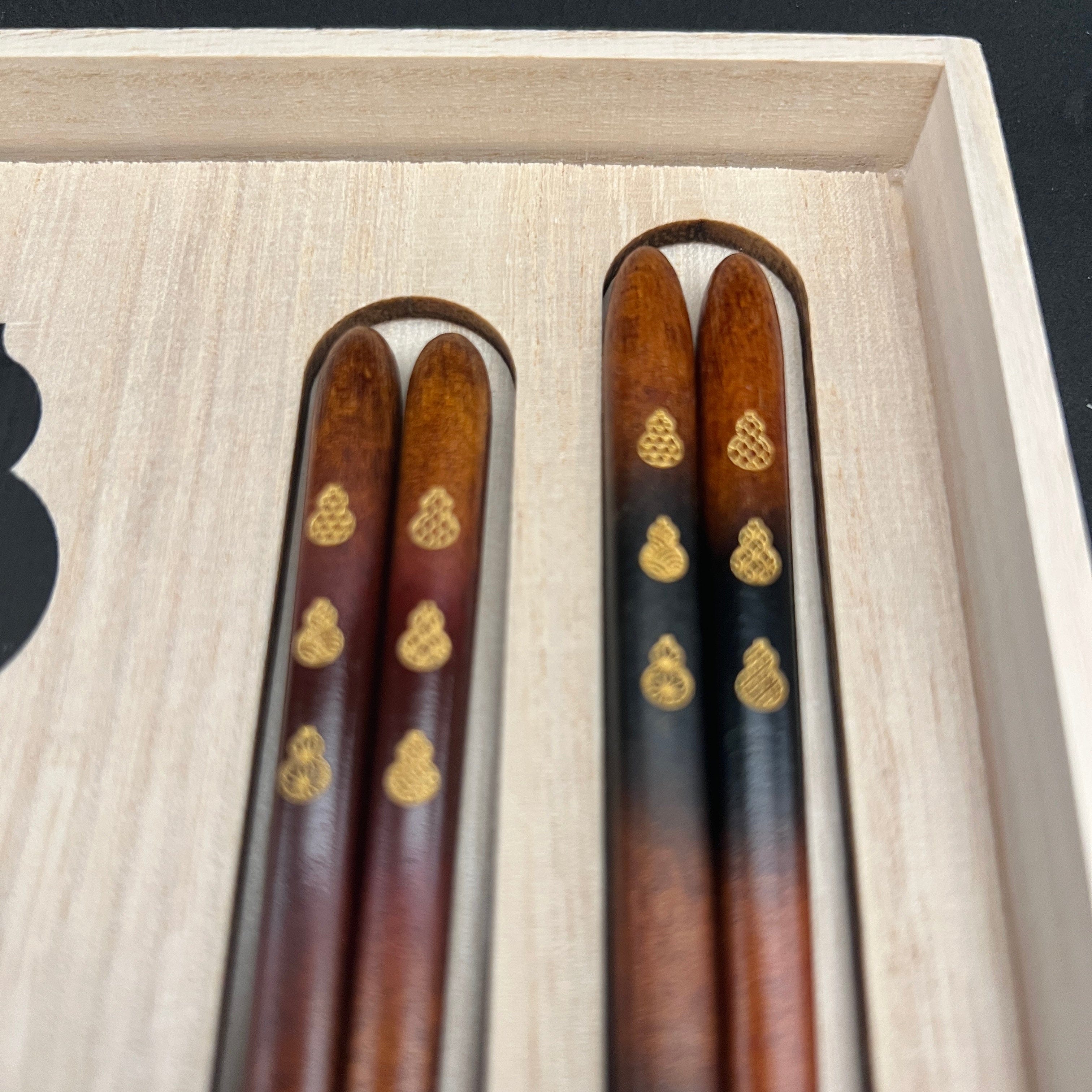
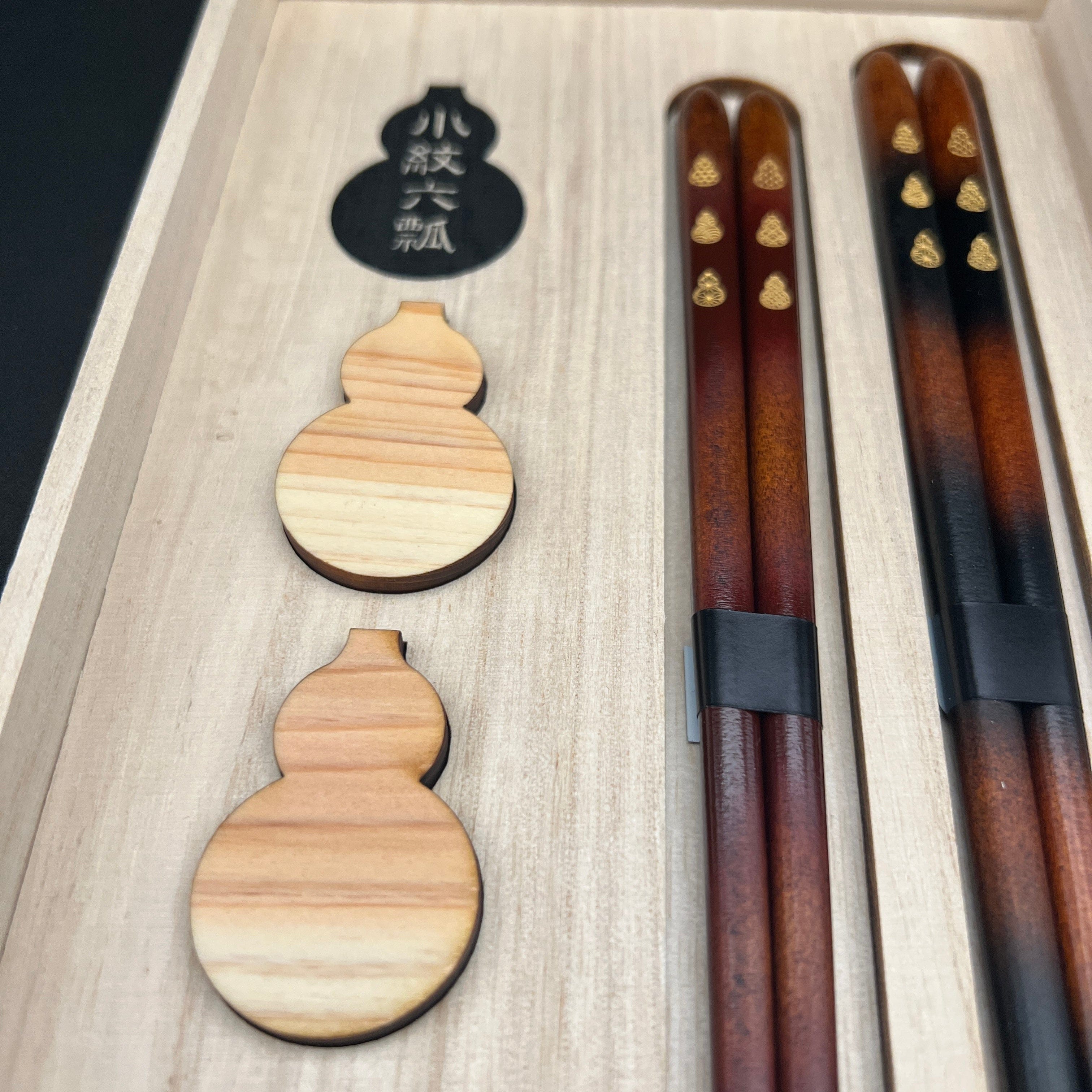


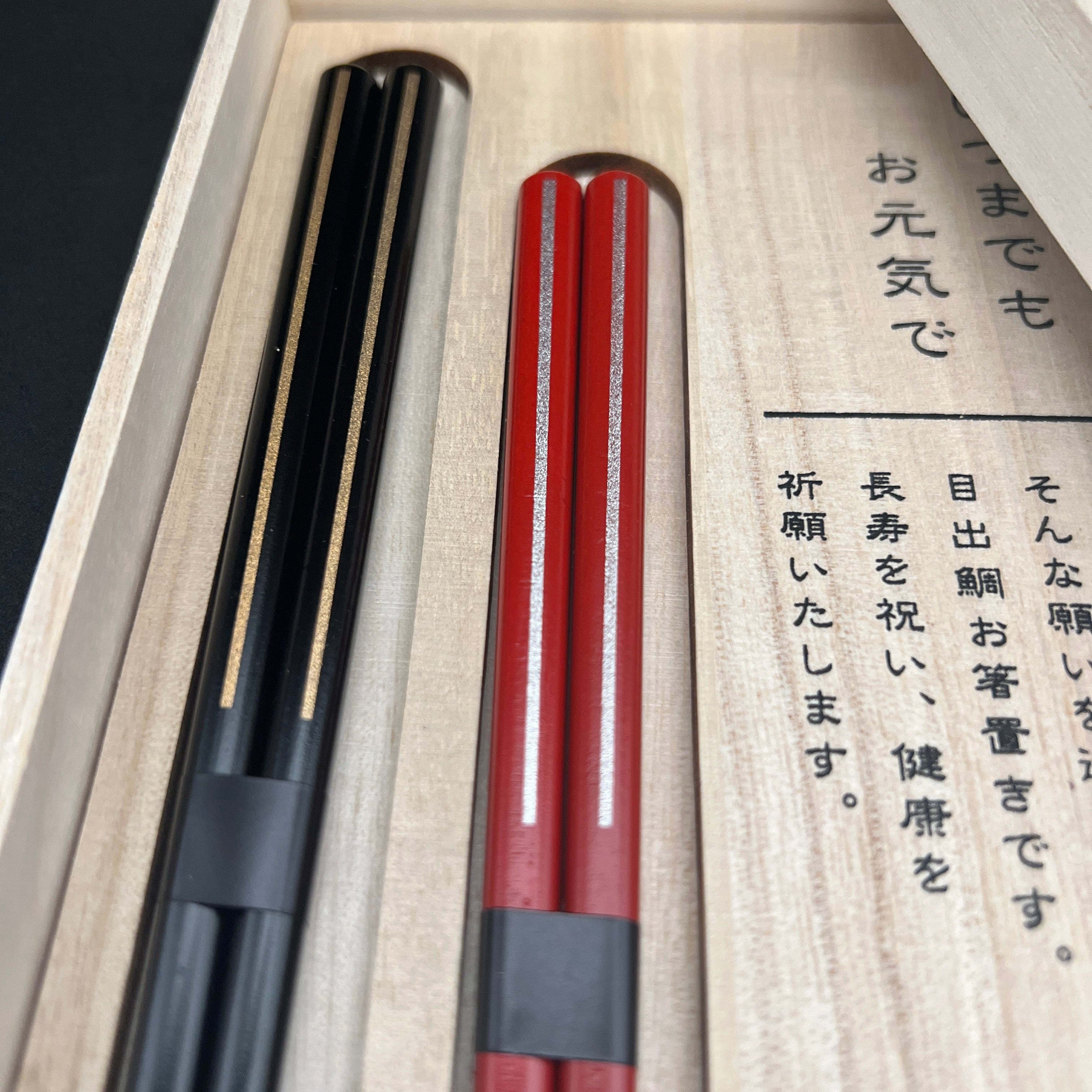

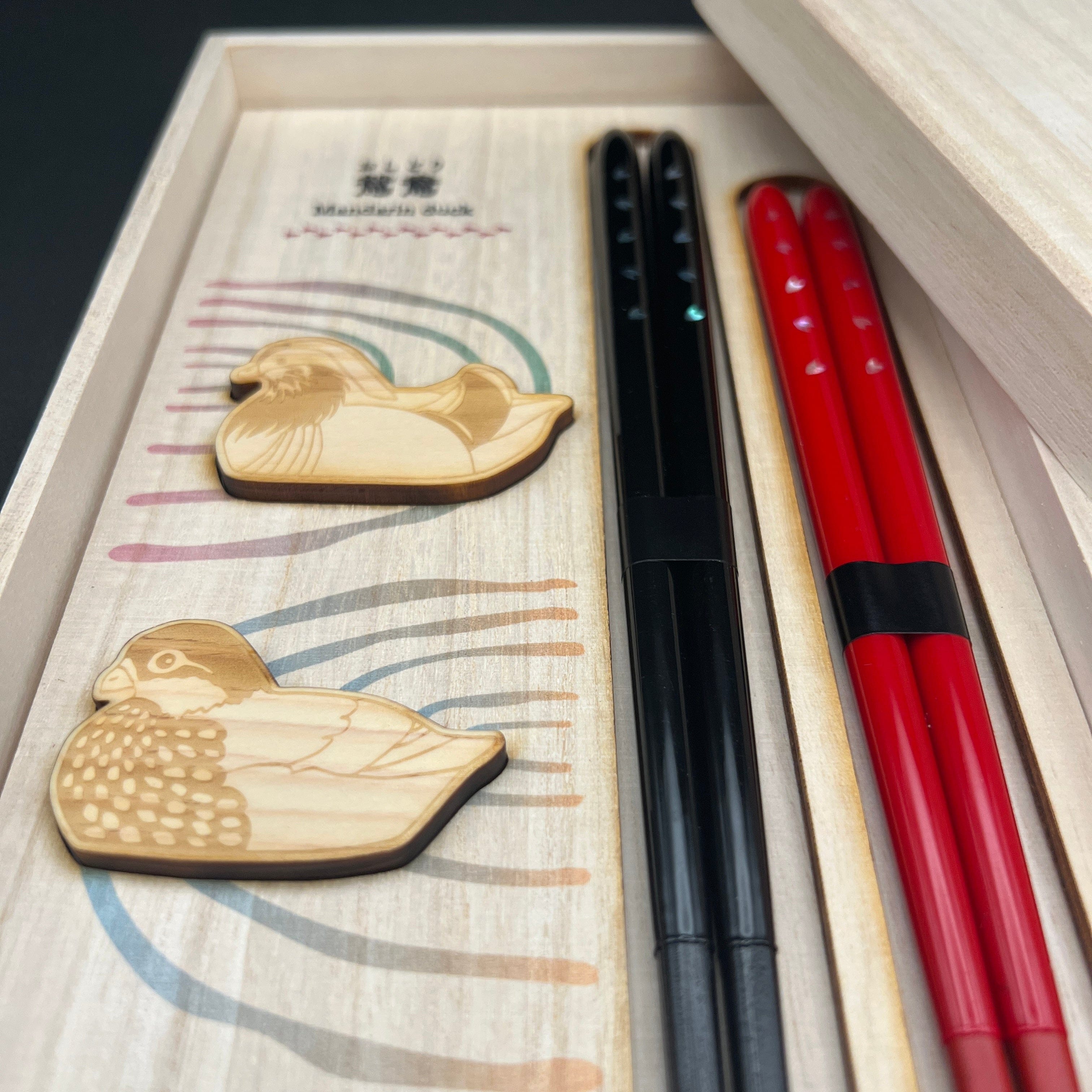

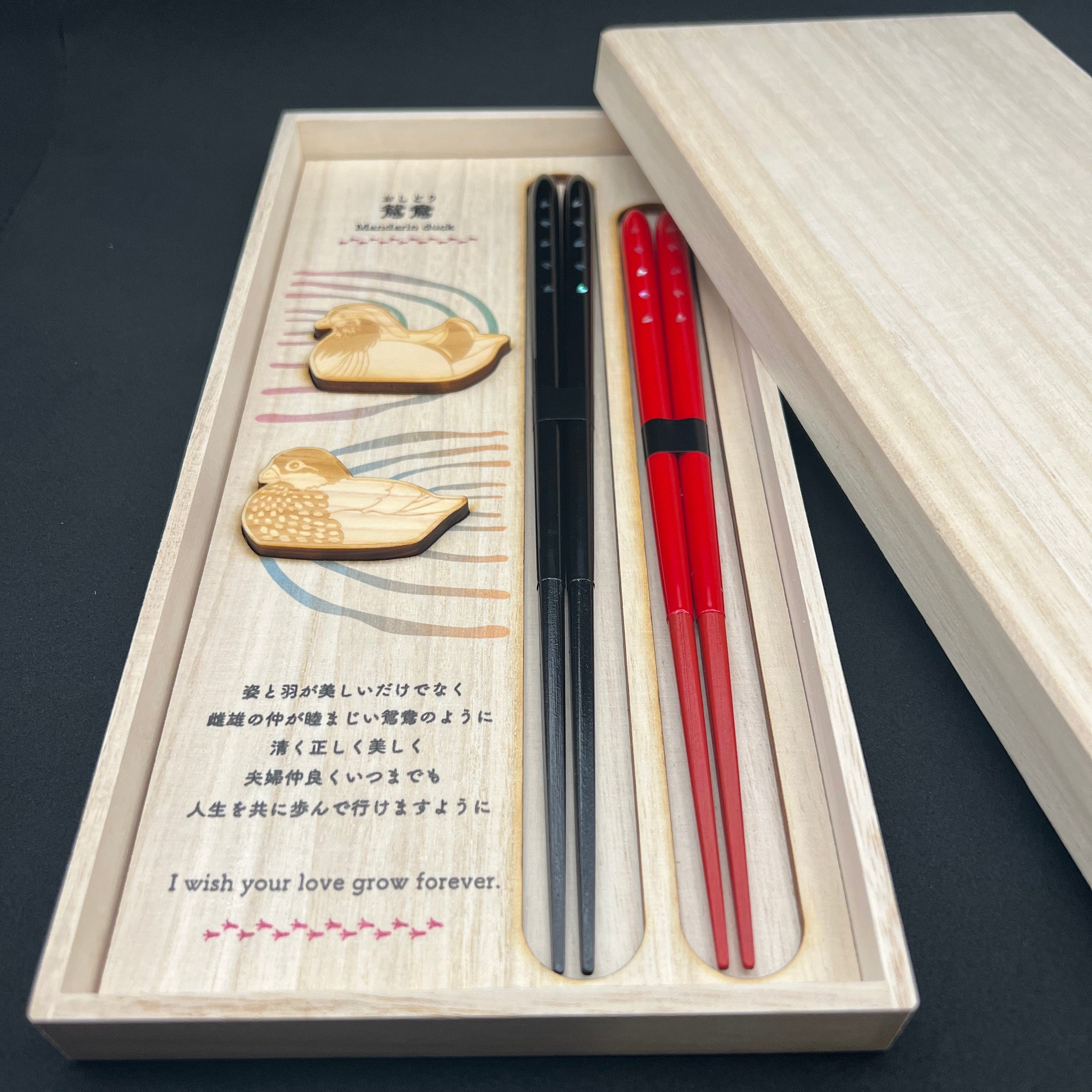
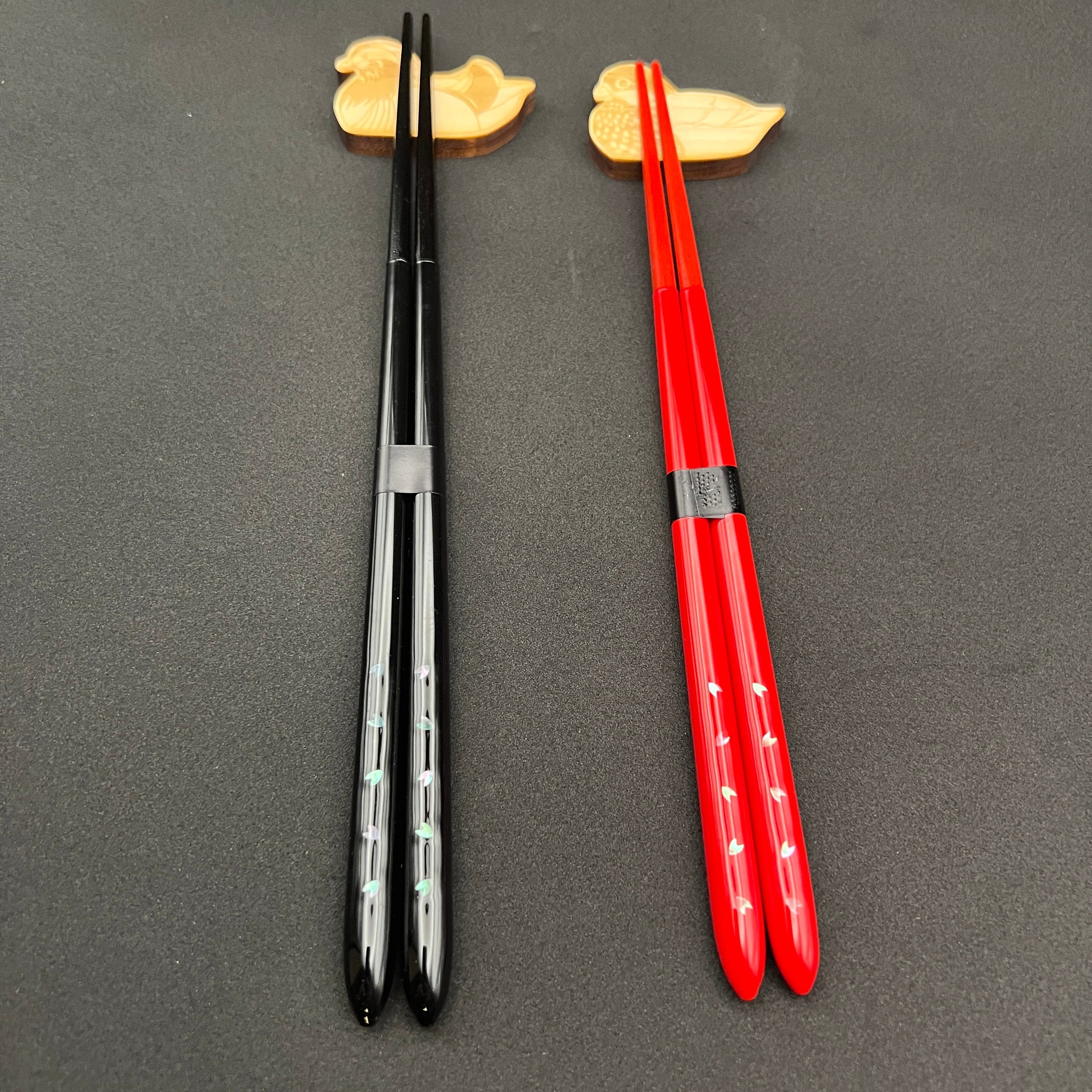
![Shiawase no Hidamari Chopsticks and Temari rest pair set [Happiness in the Sun] Shiawase no Hidamari Chopsticks and Temari rest pair set [Happiness in the Sun] - Japanese Chopsticks | MyJapaneseWorld](http://myjapaneseworld.com/cdn/shop/files/shiawase-no-hidamari-chopsticks-and-temari-rest-pair-set-happiness-in-the-sun-japanese-chopsticks-myjapaneseworld-1159413536.jpg?v=1745817619&width=3024)
![Shiawase no Hidamari Chopsticks and Temari rest pair set [Happiness in the Sun] Shiawase no Hidamari Chopsticks and Temari rest pair set [Happiness in the Sun] - Japanese Chopsticks | MyJapaneseWorld](http://myjapaneseworld.com/cdn/shop/files/shiawase-no-hidamari-chopsticks-and-temari-rest-pair-set-happiness-in-the-sun-japanese-chopsticks-myjapaneseworld-1159413535.jpg?v=1745817617&width=3024)
![Shiawase no Hidamari Chopsticks and Temari rest pair set [Happiness in the Sun] Shiawase no Hidamari Chopsticks and Temari rest pair set [Happiness in the Sun] - Japanese Chopsticks | MyJapaneseWorld](http://myjapaneseworld.com/cdn/shop/files/shiawase-no-hidamari-chopsticks-and-temari-rest-pair-set-happiness-in-the-sun-japanese-chopsticks-myjapaneseworld-1159413534.jpg?v=1745817614&width=3024)
![Shiawase no Hidamari Chopsticks and Temari rest pair set [Happiness in the Sun] Shiawase no Hidamari Chopsticks and Temari rest pair set [Happiness in the Sun] - Japanese Chopsticks | MyJapaneseWorld](http://myjapaneseworld.com/cdn/shop/files/shiawase-no-hidamari-chopsticks-and-temari-rest-pair-set-happiness-in-the-sun-japanese-chopsticks-myjapaneseworld-1159413533.jpg?v=1745817610&width=3024)
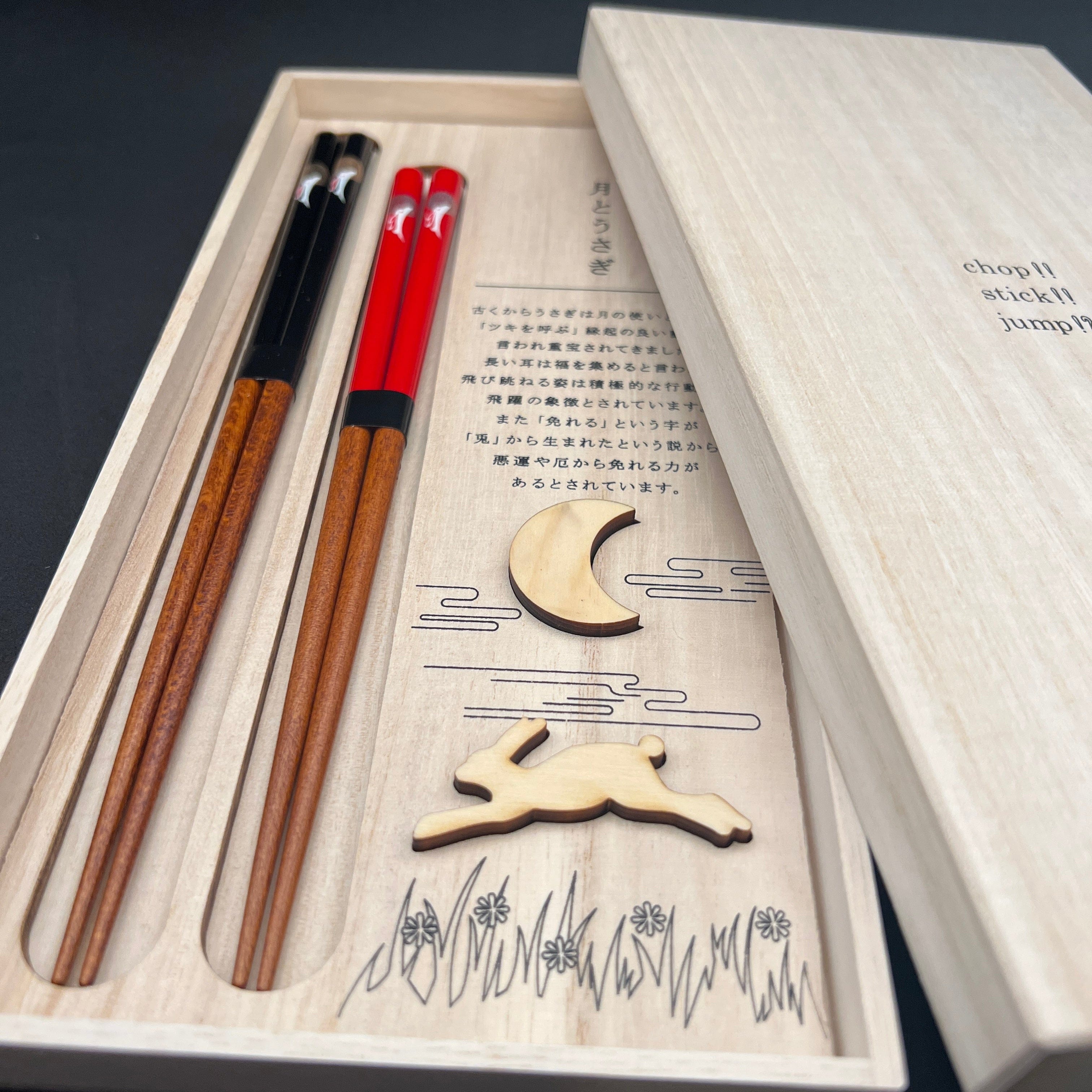
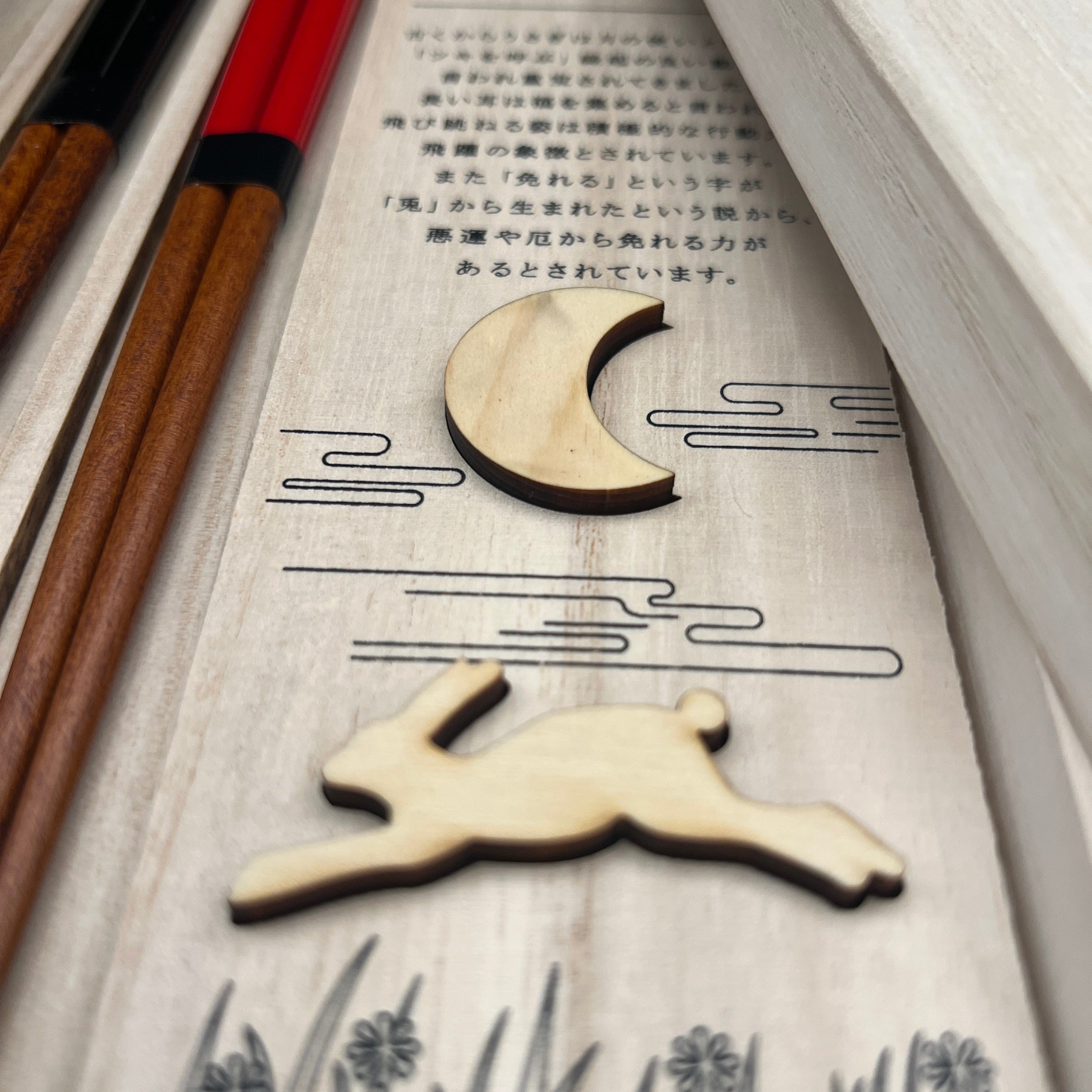
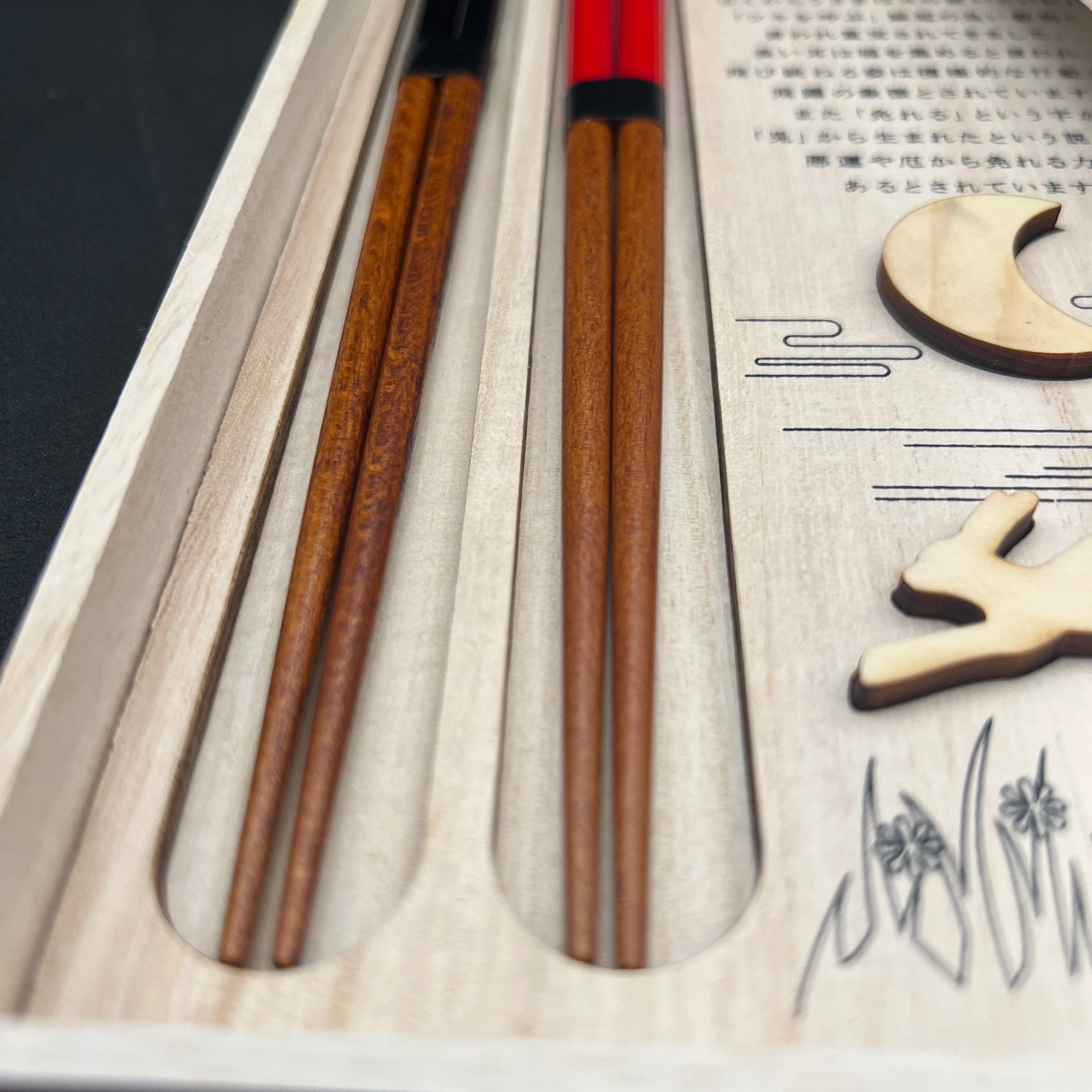
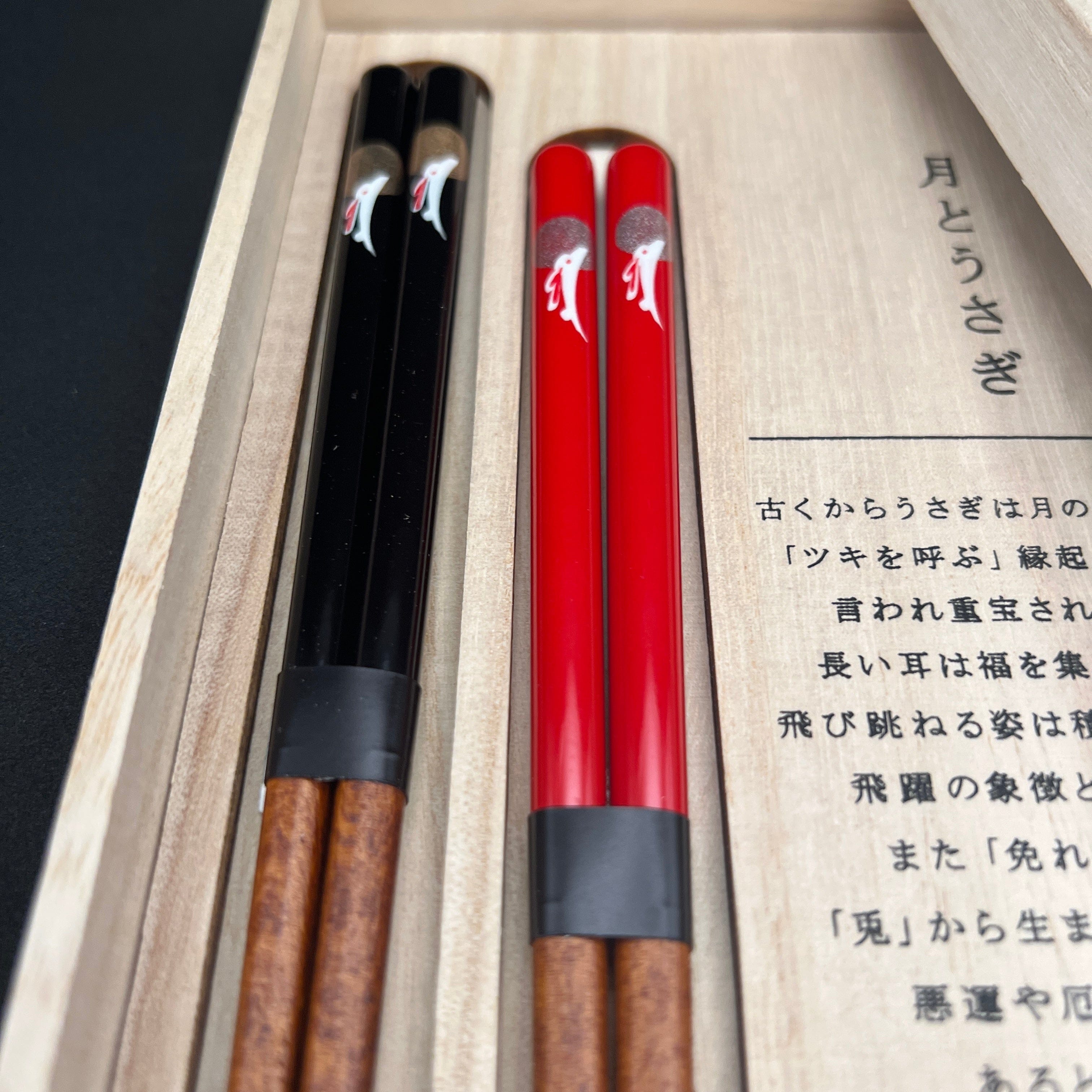
Share: